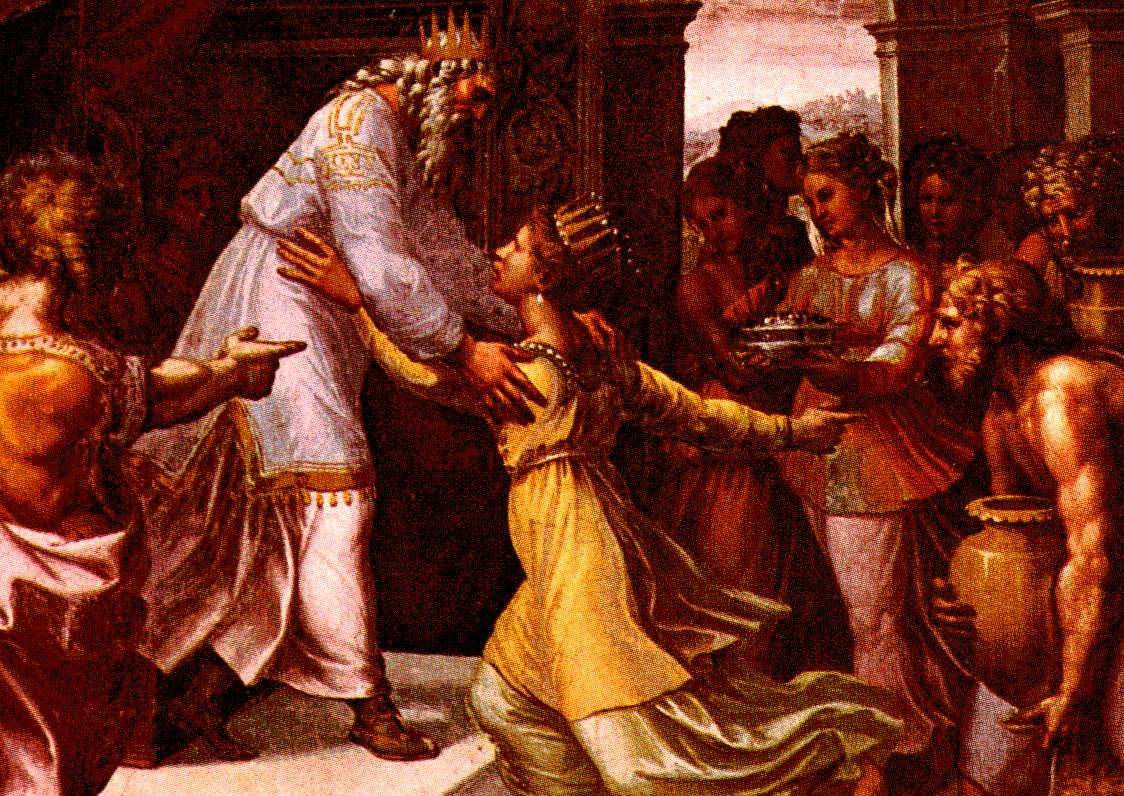
Queen of Sheba legend origins written in Ethiopians DNA
Sheba (/ ˈ ʃ iː b ə /; Hebrew: שְׁבָא Šəḇāʾ; Arabic: سبأ Sabaʾ; Geʽez: ሳባ Sabaʾ) is an ancient kingdom mentioned in the Hebrew Bible and the Quran.It particularly features in the tradition of Orthodox Tewahedo in today's Ethiopia and is also asserted as the home of the Queen of Sheba, who is left unnamed in Jewish texts, but is known as Makeda in Ethiopian texts.
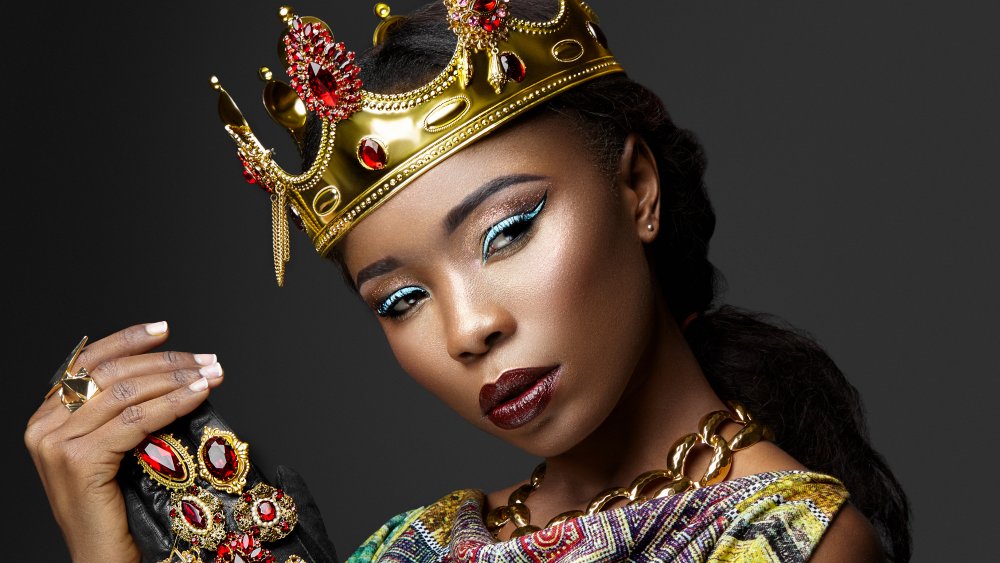
The True Story Of The Queen Of Sheba
The story of King Solomon and the Queen of Sheba appears in the biblical books of Kings and Chronicles: An unnamed queen from Sheba travels to Jerusalem bearing gold, jewels, and spices. A seeker of knowledge, the queen has a special interest in the reputedly wise Solomon and tests him with some "hard questions." Solomon meets the challenge and lavishes hospitality on the queen, who.
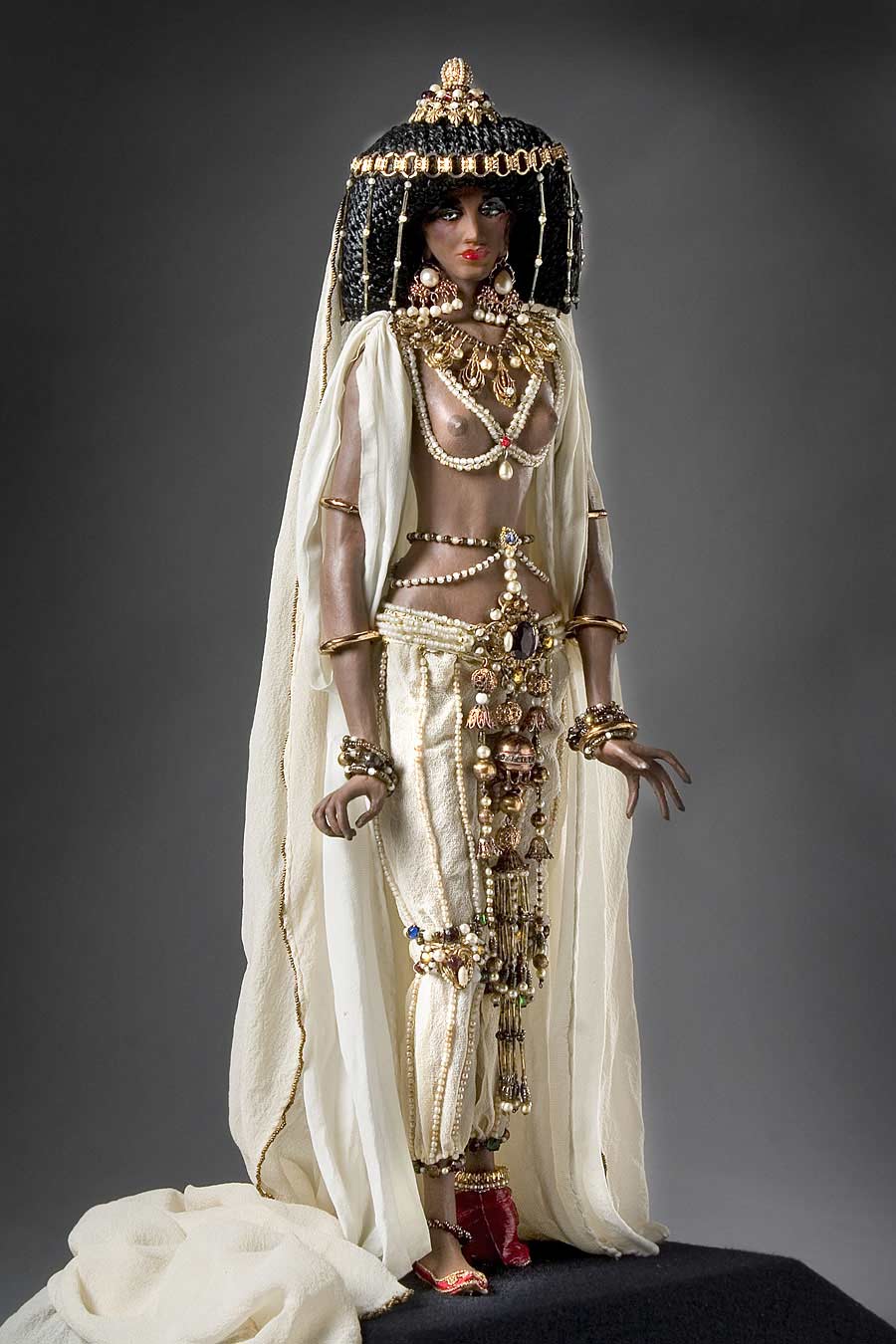
Queen of Sheba Nubian Personification of Wealth and Beauty.
The Queen of Sheba - an exotic and mysterious woman of power - is immortalised in the world's great religious works, among them the Hebrew Bible and the Muslim Koran. She also appears in Turkish.
Queen Of Sheba Photograph by Icons Of The Bible
The Queen of Sheba is a mysterious figure only mentioned in two passages in the Bible ( 1Kgs 10; 2Chr 9) in which she travels from her country to meet King Solomon in Jerusalem. These brief texts led to the development of many later traditions about this queen, her country, and her relationship to Solomon.

The Pictorial Arts The Queen of Sheba
Join our mailing list. The biblical account of the queen of Sheba (I Kings 10:1-10, 13; II Chron. 9:1-9, 12) describes how when the queen of Sheba heard of the fame of Solomon, she went to Jerusalem with a great train of camels, bearing spices, gold, and precious stones, "to prove him with hard questions," all of which Solomon answered to.

Queen of Sheba Makeda Pinterest
The Queen of Sheba is the monarch mentioned in the Bible and then in later works who travels to Jerusalem to experience the wisdom of King Solomon (c. 965-931 BCE) of Israel first-hand. The queen is first mentioned in I Kings 10:1-13 and in II Chronicles 9:1-12 in the Bible, then in the later Aramaic Targum Sheni, then the Quran, and finally the Ethiopian work known as the Kebra Negast; later.
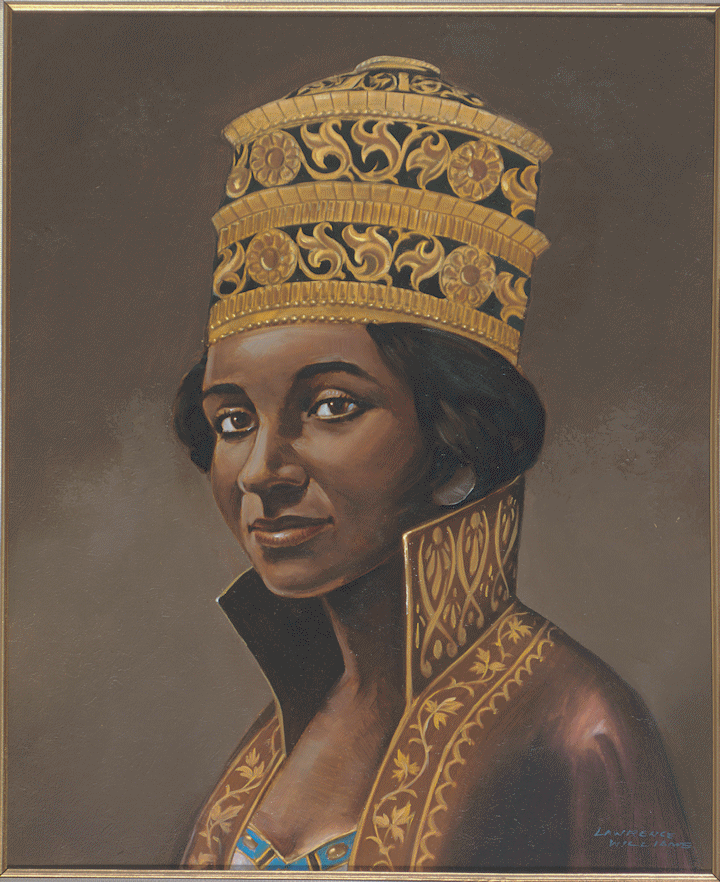
Pride & Journey Makeda, Queen of Sheba
Explore the mystery of the Queen of Sheba, who visited King Solomon in the Bible. Learn about the evolution of her legend in ancient and medieval texts like the Qur'an and Kebra Nagast and works by the Christian theologian Origen of Alexandria. Discover why she continues to fascinate people as a powerful, self-assured woman seeking wisdom and wealth. Get insights from Jillian Stinchcom at.

Pin on Bible Paintings
The story of the Queen of Sheba is found in detail in the Second Targum to Esther (literal translation of the greater portion by Grünbaum, l.c. pp. 211 et seq.). There, as in the Koran, it is the hoopoe that directed Solomon's attention to the country of Sheba and to its queen. The dust of that land was more precious than gold, and silver was.
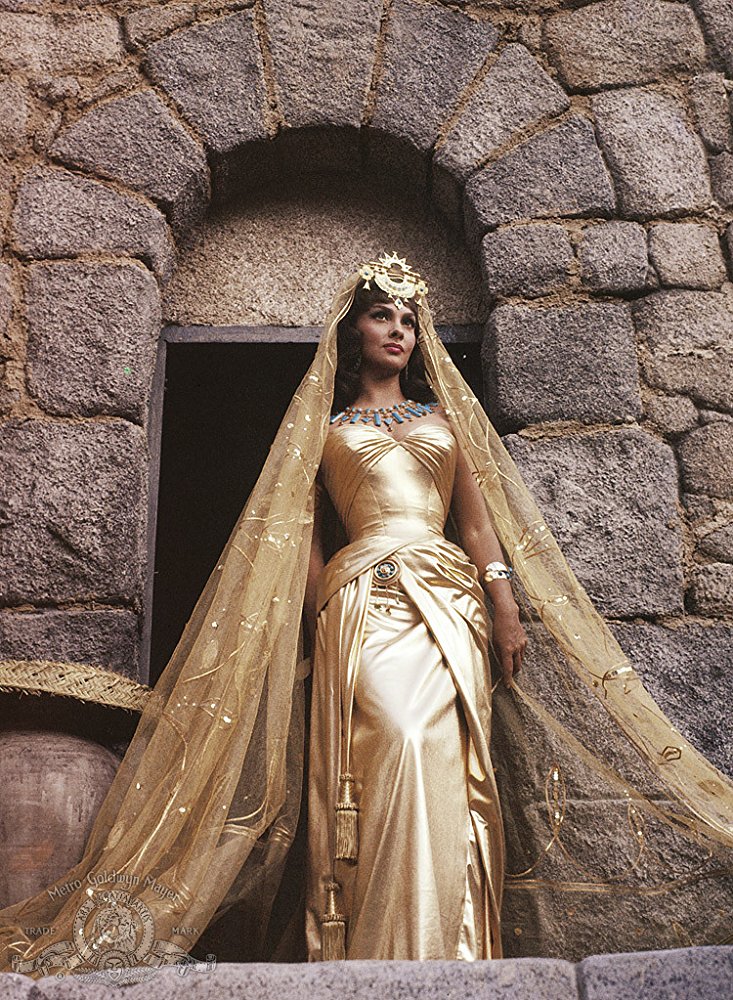
All about Queen of Sheba on Tornado Movies! List of films with a character American Gods
Queen Makeda. Dated between the 6th-14th centuries C.E., the Kebra Nagast (The Glory of Kings) is an important text to the Ethiopian Orthodox Church.It names the Queen of Sheba as the beautiful queen Makeda and identifies the land of Sheba as ancient Ethiopia.Kribus thoroughly examines the latter claim in his article "Where Is the Land of Sheba—Arabia or Africa?"
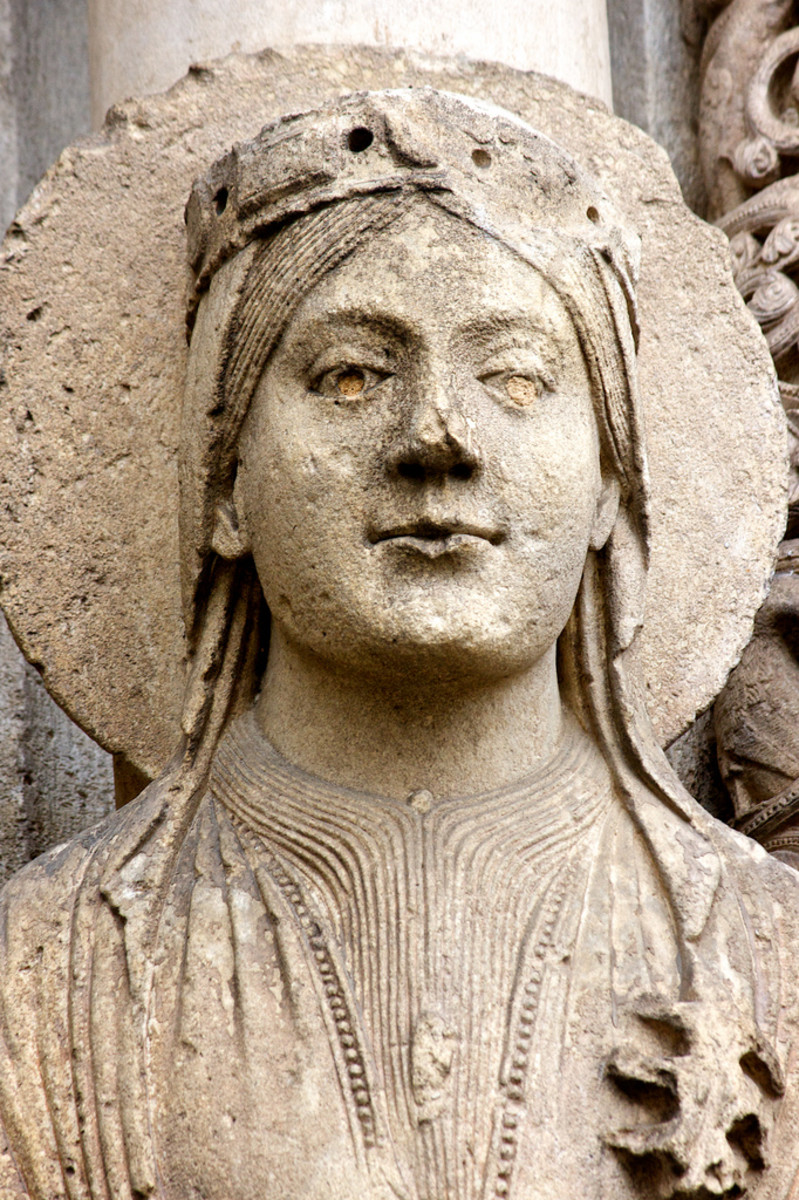
Ethiopian Christianity Part 3 Were Solomon And The Queen Of Sheba Romantically Involved, and
The Queen of Sheba (Hebrew: מַלְכַּת שְׁבָא, romanized: Malkaṯ Səḇāʾ; Arabic: ملكة سبأ, romanized: Malikat Sabaʾ; Ge'ez: ንግሥተ ሳባ, romanized: Nəgśətä Saba) is a figure first mentioned in the Hebrew Bible.In the original story, she brings a caravan of valuable gifts for the Israelite King Solomon.This account has undergone extensive Jewish, Islamic.
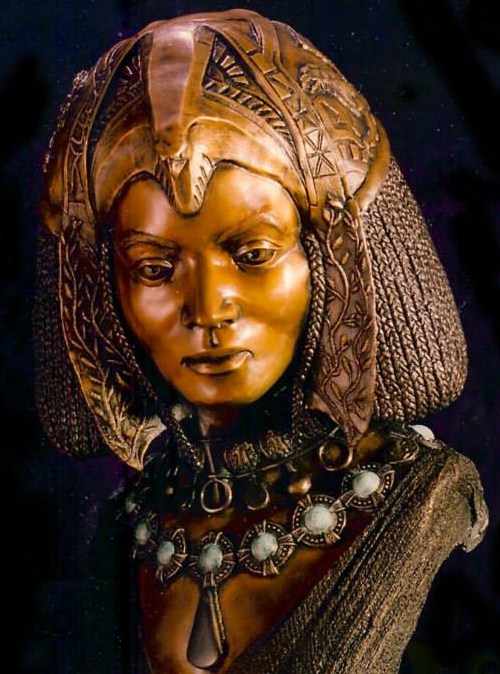
Ancient Beauty Secrets Of Biblical Or Mythical Proportions? Sola Rey
The Queen of Sheba is a holy figure to some; a demon in disguise to others. Author and journalist Kamal Al-Solaylee explores the many afterlives of the Queen of Sheba — and how ideas about.
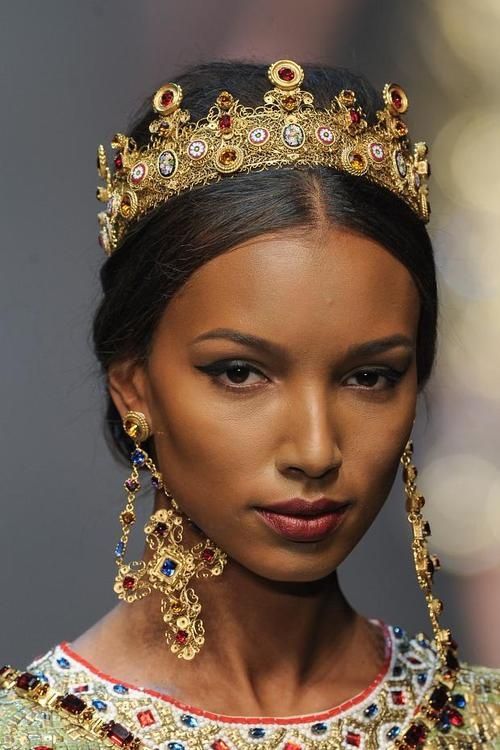
Seek (1 Kings 10 and 2 Chronicles 9The Queen of Sheba) Come Thirsty Ministries
Queen of Sheba (flourished 10th century bce) according to Jewish and Islamic traditions, ruler of the kingdom of Sabaʾ (or Sheba) in southwestern Arabia.In the biblical account of the reign of King Solomon, she visited his court at the head of a camel caravan bearing gold, jewels, and spices.The story provides evidence for the existence of important commercial relations between ancient Israel.

Who is the Queen of Sheba?
The Queen of Sheba, according to the biblical narrative, was a woman of great wealth, beauty, and power. Sheba, believed to be either in Ethiopia or Yemen by most biblical scholars, was a well-established city, and, although there is little evidence outside the Bible as to the nature of the monarchy and how it was established, it is clear that.

WE LOVE THE WAY BLACK WOMEN SURVIVE AND THRIVE THE QUEEN OF SHEBA, A SINGLE BLACK MOTHER
The Queen of Sheba is directly referred to in 1 Kings 10:1-2 and 2 Chronicles 9:1-13 and indirectly referred to as "queen of the south" in Matthew 12:4 and Luke 11:31. In addition to her wisdom, she was also known to be inquisitive and a seeker of wisdom, honing her quick wit with riddles and knowledge. In The Antiquities of the Jews.

Queen of Sheba African queen, African royalty, African people
What is the Story of Queen Sheba and where was she from? What questions did this powerful queen ask Solomon? What did the jinns have to say about her? Watch.

Are Ethiopians descended from the Queen of Sheba? Literacy Project
The Queen of Sheba is the Greta Garbo of antiquity. A glamorous, mysterious figure immortalised in the Bible and the Quran, celebrated in an oratorio by Handel, an opera by Charles Gounod, a ballet by Ottorino Respighi, and depicted in paintings by Raphael, Tintoretto, and Claude Lorrain, she remains tantalisingly elusive to the inquiries of historians.